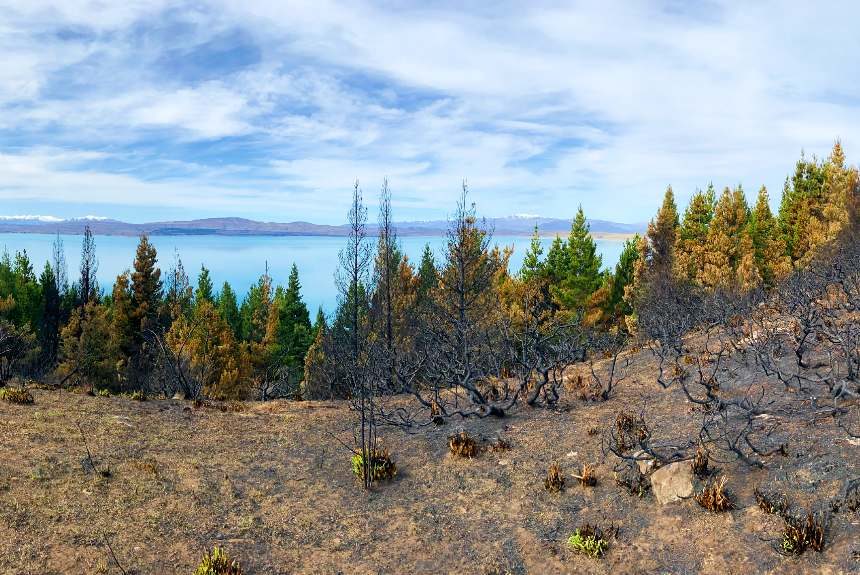Experts are calling for urgent investments in resilient infrastructures. They believe it is the solution to protect us against floods, prevent bushfires, and help in disaster recovery, according to an IPWEA article.
The article “Why Investing in Critical Infrastructure Builds Resilience and Aids in Disaster Recovery” cites some of the impacts of climate change in Australia and New Zealand:
- the unprecedented bushfires in Australia and the flood that ensued a few weeks after when the scorched earth was unable to soak up rainwater,
- the massive floods in Edgecumbe, a town in New Zealand, due to a bursting of the Rangitaiki River banks and
- the City of Prospect in Adelaide fought hot spells from temperatures over 40 degrees.
The article says these disastrous events call for enhanced management through infrastructure resilience as more extreme events will increase in the future.
David O’Loughlin, President of the Australian Local Government Association (ALGA) and mayor of Prospect City in Adelaide, says that each council faces unique challenges across Australia, and planning for resilient infrastructures should reflect this.
The community also expects some liability and responsibility from their local councils.
For instance, the floods in Dunedin in 2017 caused animosity from the community directed at the city council because they believed the council failed to maintain the drains.
O’Loughlin says, “The community doesn’t need any more lectures about climate change; they want to see action, and they are disappointed when governments don’t step up and take action.”
Investing in resilient infrastructure now will avoid disaster later.
The community expects governments to do more than protect them during a disaster and from disasters. When governments invest in disaster mitigation projects and pre-disaster resilience, the article says it will generate tremendous savings from damages and losses by billions of dollars and reduce natural disaster costs by more than half by 2050.
Climate change is one of the problems that we are facing this century.
Weather extremes are getting more frequent, and the damage from a lack of climate mitigation strategies or when infrastructure fails becomes massive.
With extreme weather events predicted to become more frequent, it would be wise to start investing in resilient infrastructure to save lives and reduce losses.
To read the entire IPWEA article, click the link below:
Source
Why investing in critical infrastructure builds resilience and aids in disaster recovery. (2020, October 15). INSITE. Retrieved from https://insite.ipwea.org/why-investing-in-critical-infrastructure-builds-resilience-and-aids-disaster-recovery/
PHOTO CREDIT: Jenni Fraser



Leave a Reply